La Mon House bombing 45th anniversary: ‘You build up resistance, but these injuries were horrific – the worst ever’
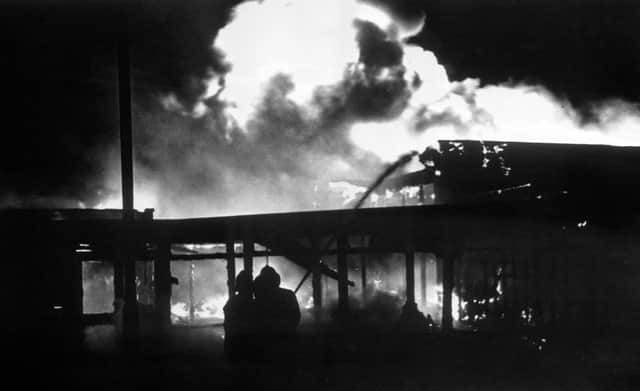

He treated eight of the most severely burned survivors, five men and three women.
He told the Belfast Telegraph, ‘It would depress anyone to see them. What is it supposed to achieve?’.
Advertisement
Hide AdAdvertisement
Hide AdIn the same report a nurse, Jane McCall from Holywood, spoke of her experience , ‘The injuries are dreadful. I had one student nurse who was sick and then asked me if it was normal to be sick looking at people in such a condition. You build up a certain amount of resistance but these injuries were horrific, the worst ever.’
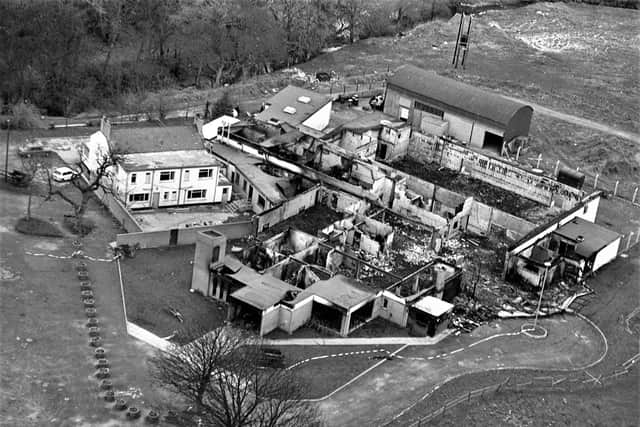

According to a forensic expert the Provisional team had planted twice the amount of explosives they normally used in the blast incendiaries.
That night in 1978 they ignited four gallon cans of petrol producing what a former assistant chief fire officer described as a miniature type of fire storm. The twelve victims, seven women and five men, including three married couples, could only be identified by teeth, hair or items belonging to them.
Paul and Doreen Nelson from Dundonald were one of the married couples. Their remains were not identified until the Wednesday after the February 17 explosion and then only through a process of elimination which concluded that what pieces of charred bones remained in the mortuary were probably those of the couple.
Advertisement
Hide AdAdvertisement
Hide AdOn the twentieth anniversary of the bombing, the Irish Times featured an interview with the Reverend Roy Magee who was a friend of the Nelson family and officiated at their funeral. He recalled going to the Nelson’s house at 3am on the Saturday morning to check on the couple and finding their two daughters, aged eleven and twelve waiting up for their parents . Hearing news of the explosion they had rung a special information number to be told that nobody was seriously hurt. They refused Magee’s offer to put them up until they had definite news but they refused: ‘No, wherever Mum and Dad are , they will phone.’
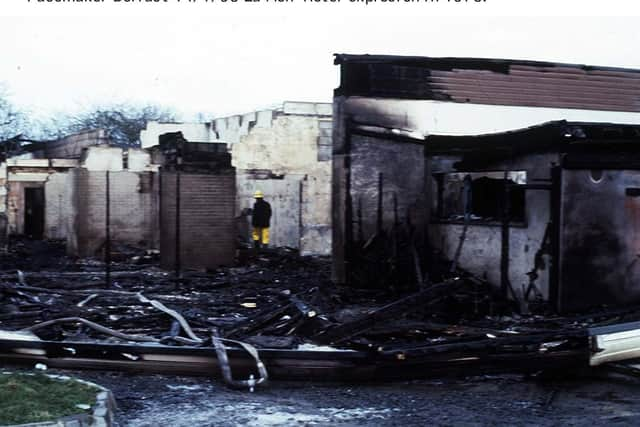

The Reverend Magee remembered that he felt La Mon would be a watershed: ‘That things couldn’t get any worse, surely the fact that the people who were killed were unquestionably innocent, would mean that everybody would take a step back and begin to look at their actions.’
Provisional Sinn Fein put out a statement saying that ‘the deaths of twelve innocent victims and the serious injuries of many others cannot be condoned in any way. What has happened is totally inexcusable.’ It called for ‘immediate and urgent measures by the IRA to prevent the recurrence of events like Friday night’s multiple tragedy.’
Gerry Adams, subsequently recalled being ‘shocked and depressed’ by the carnage but also by the implications for the republican movement: ‘I could also feel two years of work going down the drain.’
Advertisement
Hide AdAdvertisement
Hide AdIn fact he should not have been overly concerned, for the longer-term effect of La Mon on the political and military campaign of the Provisionals was minimal.
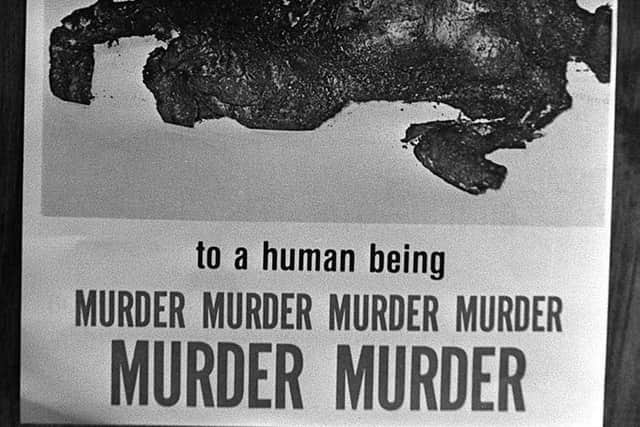

Adams pointed out that the IRA had been carrying out a commercial bombing campaign for months, that up until La Mon adequate warnings had been given. The IRA’s statement on the attack accepting responsibility claimed that a nine minute warning had been given. In fact the warning was phoned in just as the bomb was about to explode. However, a warning of considerably more than nine minutes would have been necessary to avoid human devastation. The bombers would have been well aware from the car park that the one storey building was crammed with people – there were over 400 inside. That they went ahead anyway showed, at the very least, a brutal disregard for the risk of casualties.
That it was an attack on an hotel in the predominantly unionist constituency of North Down inevitably meant that any casualties were likely to be Protestants.
The IRA statement was more concerned with the negative political fall-out from the attack in Ireland and internationally – Pope Paul had sent a message of sympathy to the victims and their families. It complained that ‘Abroad and at home the British government have made a field day with its version of events – that peace lies in the destruction of republicanism.’
Advertisement
Hide AdAdvertisement
Hide AdEmbarrassed by the sheer horror of the slaughter it remained unapologetic in blaming the British state: ‘All killing and tragedies stem from British interference and the denial of Irish sovereignty. The IRA will continue to resist the British with all the might it could muster.’
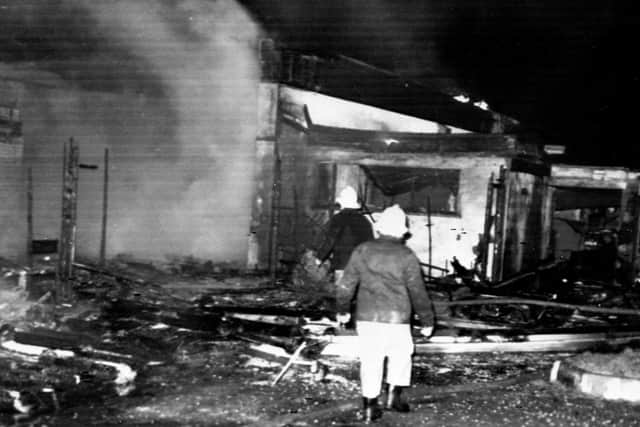

The Irish government was criticised by Roy Mason, the Secretary of State for Northern Ireland, who claimed that those involved in the bombing had probably escaped across the border. One of the founders of the Peace People, Betty Williams, also berated Jack Lynch for an RTE interview in which he had favoured a British declaration of its interest in the eventual unification of the island. He had also raised the possibility of an amnesty if the IRA declared a lasting cessation. For Williams this was ‘a green light to the Provos who were waging their campaign from the South’.
Such criticism produced what the British ambassador to Dublin claimed was ‘a mood of angry and quite nauseating self-righteousness’ in the southern media where Lynch’s reiteration of the claim that the only long-term solution to violence was unification was the most popular of his government’s policies.
The sad reality was that republican strategists were skilled in working on the broadly nationalist political culture of the Republic where, according to a 1978 poll, around one third of respondents indicated an admiration for the motives or ideals of the IRA albeit disapproving of their methods – by 1980 the figure was 40 per cent. The commercial bombing campaign which had seen over 100 explosions in the first two months of 1978 was eased off, although IRA incendiary devices would continue to take lives years after La Mon there was no repeat of that Holocaust.
Advertisement
Hide AdAdvertisement
Hide AdOne of the most measured statements on La Mon came from the heartland of working class Belfast, the Confederation of Shipbuilding and Engineering Unions. It pointed out that La Mon, terrible though it was, was just one example of terrorists’, republican and loyalist, lack of concern for possible civilian casualties. It mentioned Martha McAlpine, a 69 year old who, along with three grandchildren, was passing a policeman on traffic duty outside Crusader’s football ground when a Provisional fired a fusillade from a van killing Mrs McAlpine and seriously injuring the policeman.
In its apology the IRA implicitly excused itself by warning the public to stay clear of members of the security forces. The other attack mentioned was a booby-trap bomb underneath the car of a part-time UDR man in Maghera which killed him and his daughter. William Gordon was taking ten-year old Lesley and his seven-year old son to school when the bomb exploded. The boy, although seriously injured, survived.
There was no apology for the Maghera attack and within less than a fortnight of La Mon the IRA campaign was back in full swing.
• Henry Patterson is Emeritus Professor of Irish Politics, University of Ulster